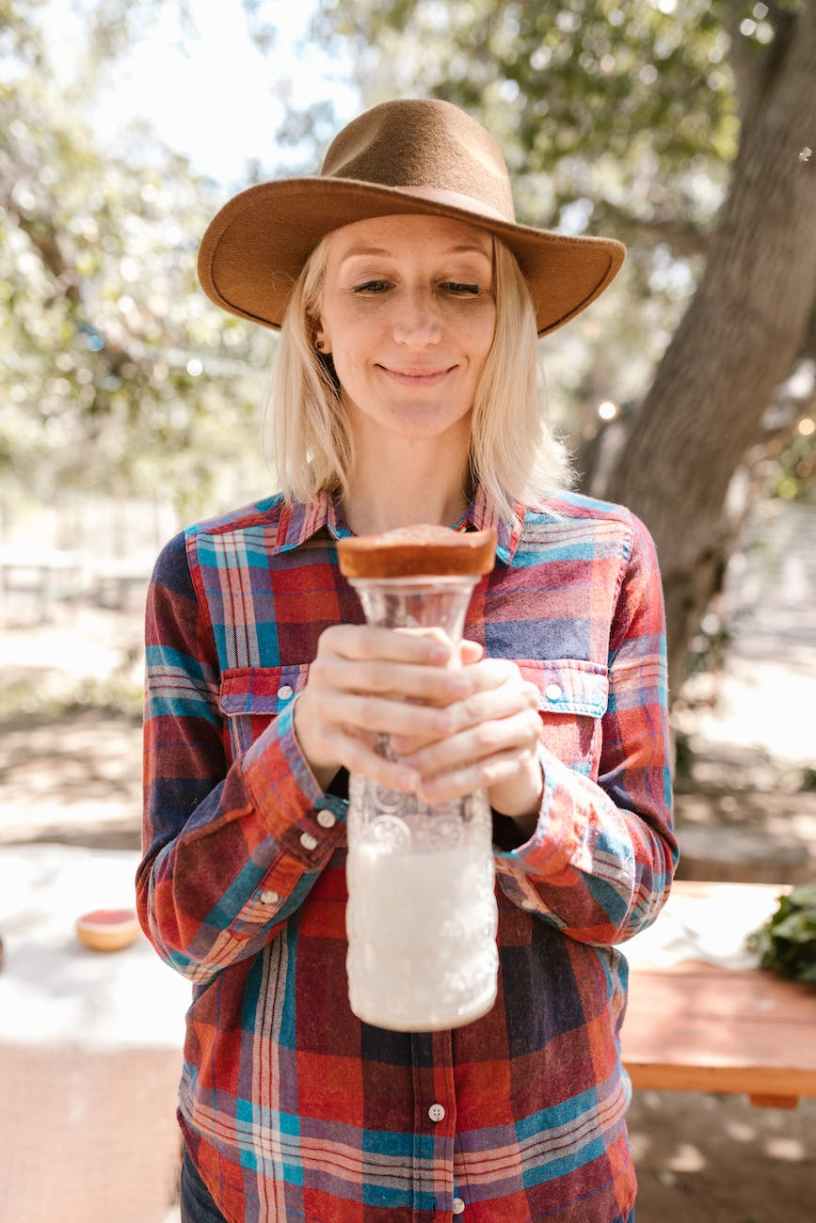1/12/23
Our agrarian ways are well behind us, and as such, people have ceased to be familiar with the way foods make it to their plates and cups. So, I thought it might be helpful to give everyone some help.
In this case, I’ve chosen milk, that wonderful source of life, and the only food we eat that was made to be eaten. It’s been a long time since bottles were delivered by the milkman, and even longer since people were drinking the milk raw on the farm. Nowadays, the process that gets milk to your belly involves a bit more.
That path now takes seven steps:
- Collection: Milk is collected from farms, usually by a milk truck that travels from farm to farm. The milk is typically collected once or twice a day, and is placed in large stainless steel tanks on the truck.
- Pasteurization: The milk is then transported to a processing facility, where it is pasteurized to kill any harmful bacteria. This is done by heating the milk to a high temperature (161°F for 15 seconds) and then rapidly cooling it.
- Homogenization: After pasteurization, the milk is homogenized, a process that breaks down the fat molecules so that they are evenly distributed throughout the milk. This creates a consistent texture and appearance, and helps prevent cream from rising to the top.
- Testing: The milk is then tested for any signs of contamination, such as bacteria, and for the quality of milk.
- Packaging: Once the milk has passed all tests, it is packaged in bottles or cartons, and may be further processed to make different products like cheese, butter and yogurt.
- Distribution: After packaging, the milk is distributed to supermarkets, grocery stores, and other retail outlets. The milk may also be delivered directly to homes.
- Sale: The milk is then sold to consumers. It is kept chilled and it is usually expired within few days
It’s important to note that this is a general overview, and specific processes and regulations can vary depending on the location and the size of the farm or processing facility. There are also different laws regarding milk in different states. Some, for instance, allow the sale and consumption of raw, or unpasteurized, milk. New Jersey, however, is not one of those states.

